Admirers of qilou buildings determined to prevent memories of old city's cosmopolitan architectural traditions from fading, Fang Aiqing reports in Shantou, Guangdong.
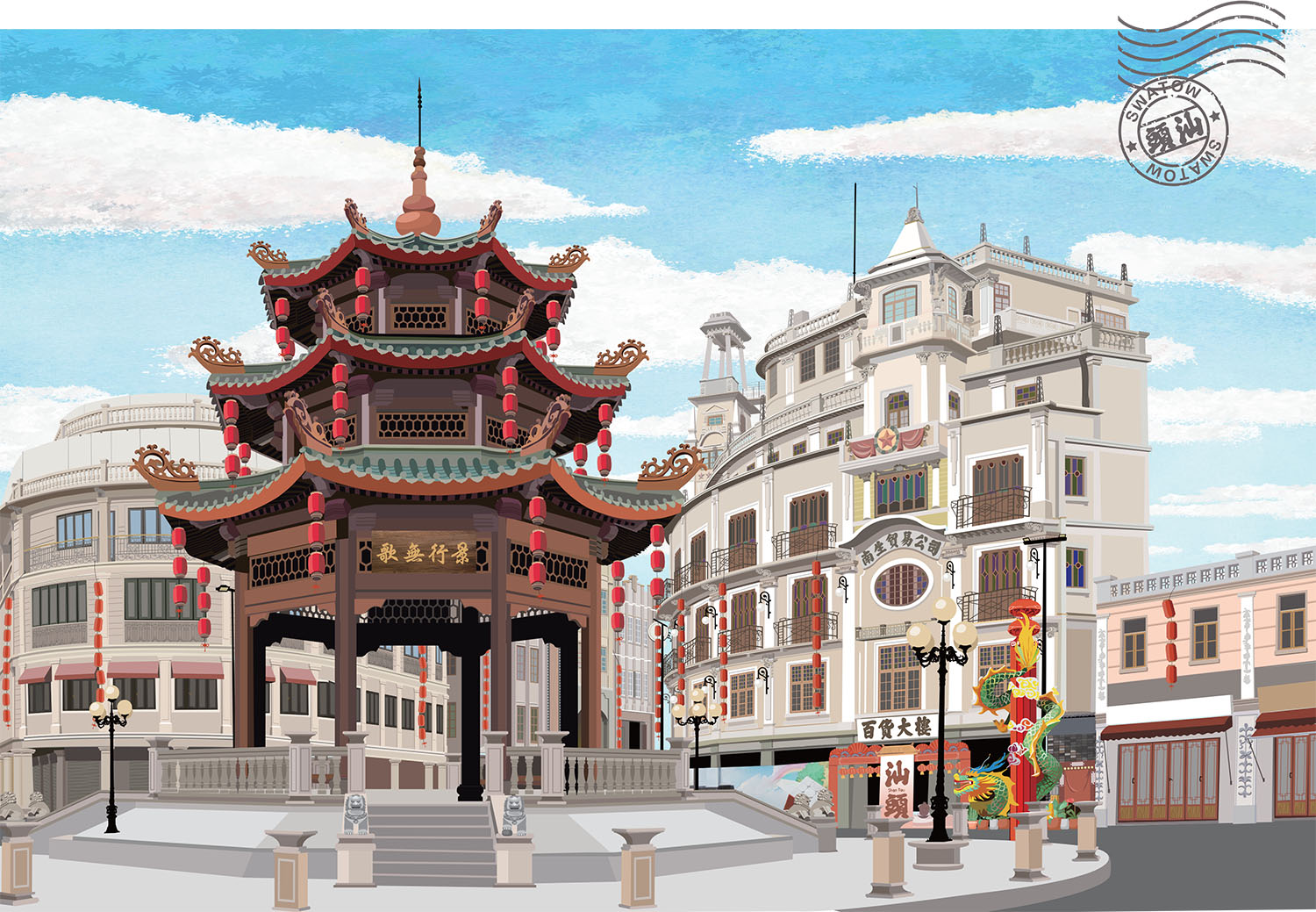
Editor's note: An array of Chinese cities have maintained their cultural memories in the form of historical neighborhoods that have only added to their multilayered charm and vigor with the passage of time. China Daily is taking readers on a journey to some of these timeless areas, where President Xi Jinping has left his footsteps and remarked on the preservation and vitalization of heritage. In this installment, we walk through the Small Park historical area of Shantou, Guangdong province, to see how rows of qilou (arcade buildings) overlay an exotic charm on traditional architectural roots.
Nostalgia matters. A century ago in the city of Shantou, Guangdong province, nostalgia drove successful overseas Chinese business owners to return, invest and contribute to the development of its thriving downtown area.
The neatly planned old town they helped create, with its row upon row of exquisite qilou (arcade buildings), is known today as the Small Park historical area and bears witness to the city's stories past.
After the city, also known as Swatow, became a treaty port for foreign trade in 1860, Small Park was a commercial center known for its modern lifestyle. Following the founding of New China in 1949, it became a bustling, harmonious neighborhood, and since 1978, commerce began to revive as a result of reform and opening-up.
READ MORE: Renovation projects protect urban heritage in parts of Guangzhou
With the passage of time, the old town's prosperity faded as Shantou extended eastward, but many of those who grew up there and have cherished memories of the area don't want to leave it behind.
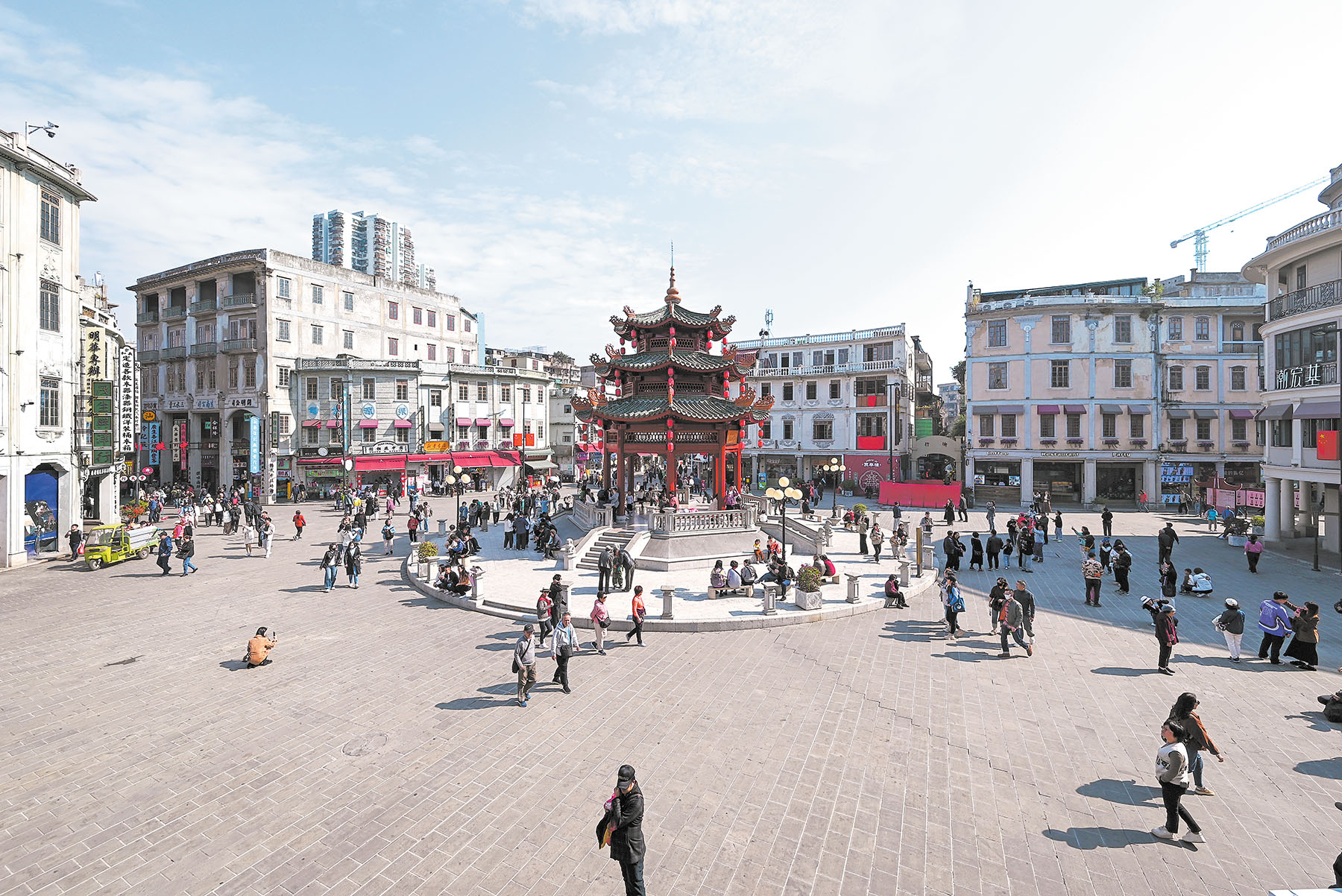
Instead, they strive to keep its memory alive — some using pens, some their lens — to guarantee that its former glory is told to both the city's younger generation, and to the growing number of visitors.
"The creation of the Small Park area is a reflection of the city's historical development," says Zhang Yaohui, deputy director of the culture, radio, television, tourism and sports bureau of Jinping district, where the qilou neighborhood is located.
Shantou's natural harbor, which faces onto the South China Sea, saw it become one of the cities forced to grant foreign countries access to trade under the unequal Treaties of Tianjin, which were signed following imperial China's defeat in the Second Opium War (1856-60).
As a result, foreign diplomats, merchants, sailors and missionaries, overseas Chinese, and business owners from other parts of China flooded into the commercial port.
As a trading hub, it was connected to Southeast Asia, as well as to coastal cities including Shanghai, Tianjin, and Qingdao in today's Shandong province. Overland trade from the port reached other parts of present-day Guangdong, Fujian, Jiangxi and Hunan provinces.
Meanwhile, customs records suggest that between 1864 and 1911 alone, nearly three million people from the Chaoshan region — the Guangdong cities of Chaozhou, Shantou and Jieyang — sailed south from Shantou to earn a living in Southeast Asia.
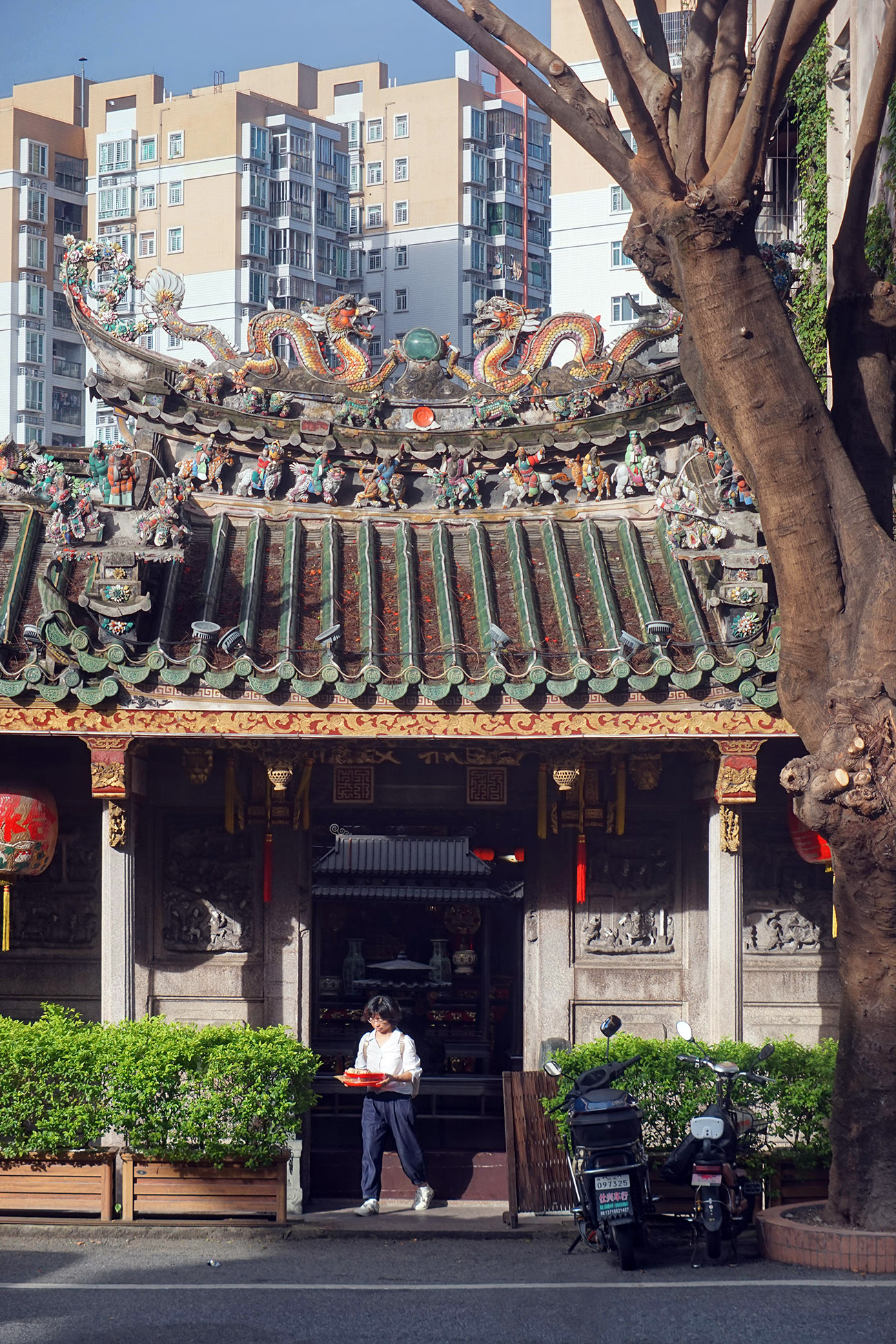
The Tianhou Temple in Shantou old town, which is dedicated to the sea goddess Mazu, and neighboring Guandi Temple, which celebrates the famous late Eastern Han Dynasty (25-220) general, Guan Yu, who is known for his courage and faith, were their last stops before setting sail. There, they would pray for safety and fortune and take a handful of incense ash with them. The temples would be the first sight of home upon their return, Zhang says.
The intricate decor of both temples, which were originally built in the late Qing Dynasty (1644-1911) and reconstructed in the early 1990s, indicates the place they occupy in peoples' hearts.
The roofs are decorated with qianci, brightly colored porcelain shards assembled into the shape of auspicious figures such as the dragon and the phoenix, martial figures from local Teochew Opera, and flowers. The figures carry iron weapons in their hands, which also serve as lightning rods, Zhang explains.
Apart from stone carvings on the facades, there are wood carvings covered in lacquer and gold leaf on the beams. Many depict scenes from Teochew Opera, such as stories adapted from the classical novel Romance of the Three Kingdoms, which contributed to making General Guan a household name.
In the past, on festival days and when successful overseas Chinese returned, Teochew Opera performances would be held in the open space between the two temples to express gratitude to the deities, Zhang says.
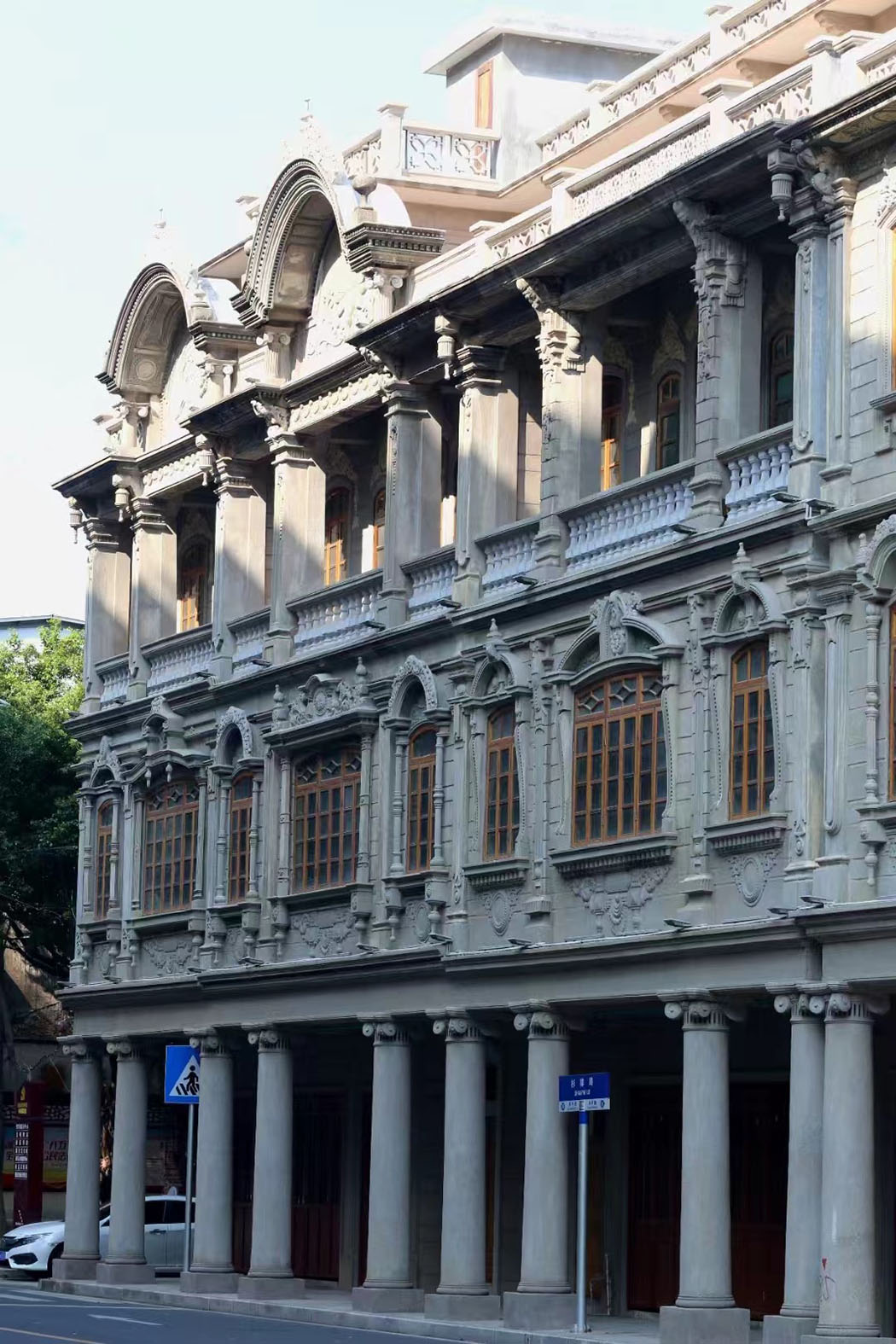
The area was used as a marketplace the rest of the year. The old town originated there and gradually expanded. Finally, after the local government began an integrated urban planning and road construction program in the 1920s, a business district with a small circular park at its core and roads radiating outward was built. It remains intact until this day.
This was a period when a great number of overseas Chinese returned to invest in business and real estate. For example, right across from the park is the landmark Nansheng Department Store, which originally belonged to Li Bohuan, a Hakka businessman who made his fortune in Indonesia, and his business partners.
The grand seven-story building was completed in 1932, and included a department store, local and Western restaurants, and a hotel. It was lit with electric lamps every night, had flowers on each floor, and was home to the city's first elevator, which remained in use for 60 years.
In the two years following its completion, Li worked with neighboring business owners to fund and build a pavilion in the small park in memory of revolutionary leader Sun Yat-sen (1866-1925), which has since become the symbol of the old town area.
Numerous qilou were built at the time, using imported materials like cement and iron bars. Today, a walk through the historical neighborhood with arcade buildings lining its streets still reminds visitors of an era marked by the pursuit of wealth and utility, aesthetics and creativity, as well as the mix of modern and traditional.
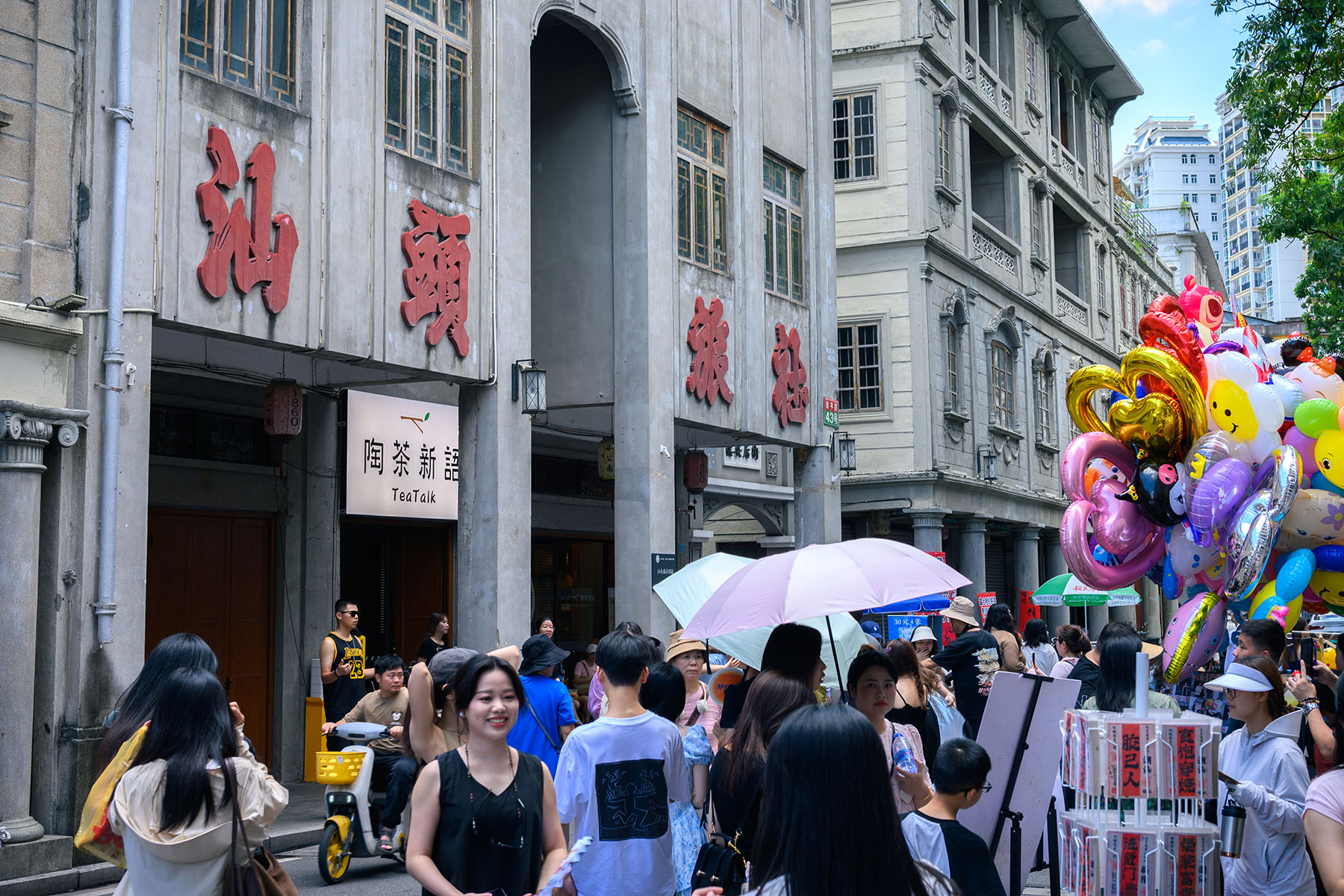
Shantou is a rainy city with a subtropical climate. The ground floor colonnades separate pedestrians from traffic, provide shelter from the sun, wind and rain, and make retail more appealing, says photographer and architectural expert Cai Haisong, who has been photographing the historical architecture of the Chaoshan region for more than three decades.
He says that the height of the three or four-story arcade buildings is almost the same as the width of the road, which is ideal for lighting and ventilation.
Underground drainage ditches discharged rainwater and sewage into the sea, and were covered with flagstones to permit the passage of pedestrians and vehicles. The ditches were so spacious that it was possible for people to walk through them while bent over.
The qilou facades are inspired by Western and Southeast Asian architectural styles. The classical Greek columns on the ground floor are strong and elegant. Some buildings have stained-glass windows. There are verandas and terraces on higher floors.
Decorations and reliefs on the capitals, pediments, eaves and window frames are a testament to imagination and delicate workmanship, and range from traditional auspicious motifs, angels and badges, to anything people might see in life such as swallows, bitter gourds or even trains.
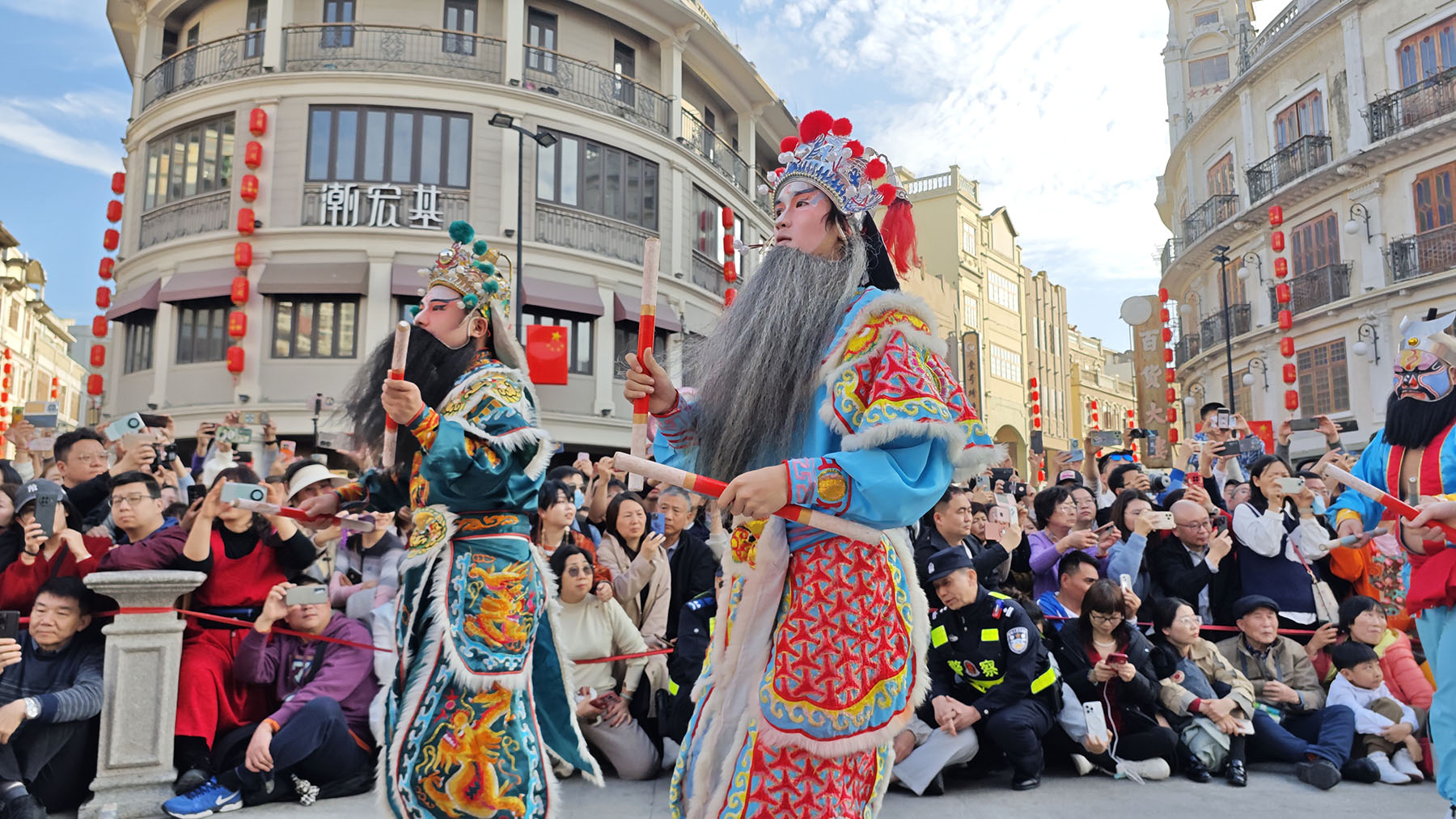
However, the traditional Chinese interiors are a sharp contrast. Inside, the buildings usually have a rectangular, circular or octagonal tianjing (patio) enclosed by wooden balustrades.
This layout not only improved lighting, but also made it easier to deliver messages and move goods, given that while the ground floor was usually given over to shops, the upper floors often served as warehouses and residences.
As one of those who grew up in the neighborhood, 69-year-old Cai says the design and craftsmanship of these historical buildings reflect local open-mindedness and diligence, pragmatic commercial acumen, emphasis on traditional culture and moral values, and maybe, a penchant for the elaborate display of wealth.
He adds that for both Shantou emigrants and those who have spent part of their life in the old town, the Small Park area evokes nostalgia.
Eighty-year-old Shen Wei, who lived in the area for more than four decades, keeps revisiting with camera in hand, to wander about and enjoy local snacks.
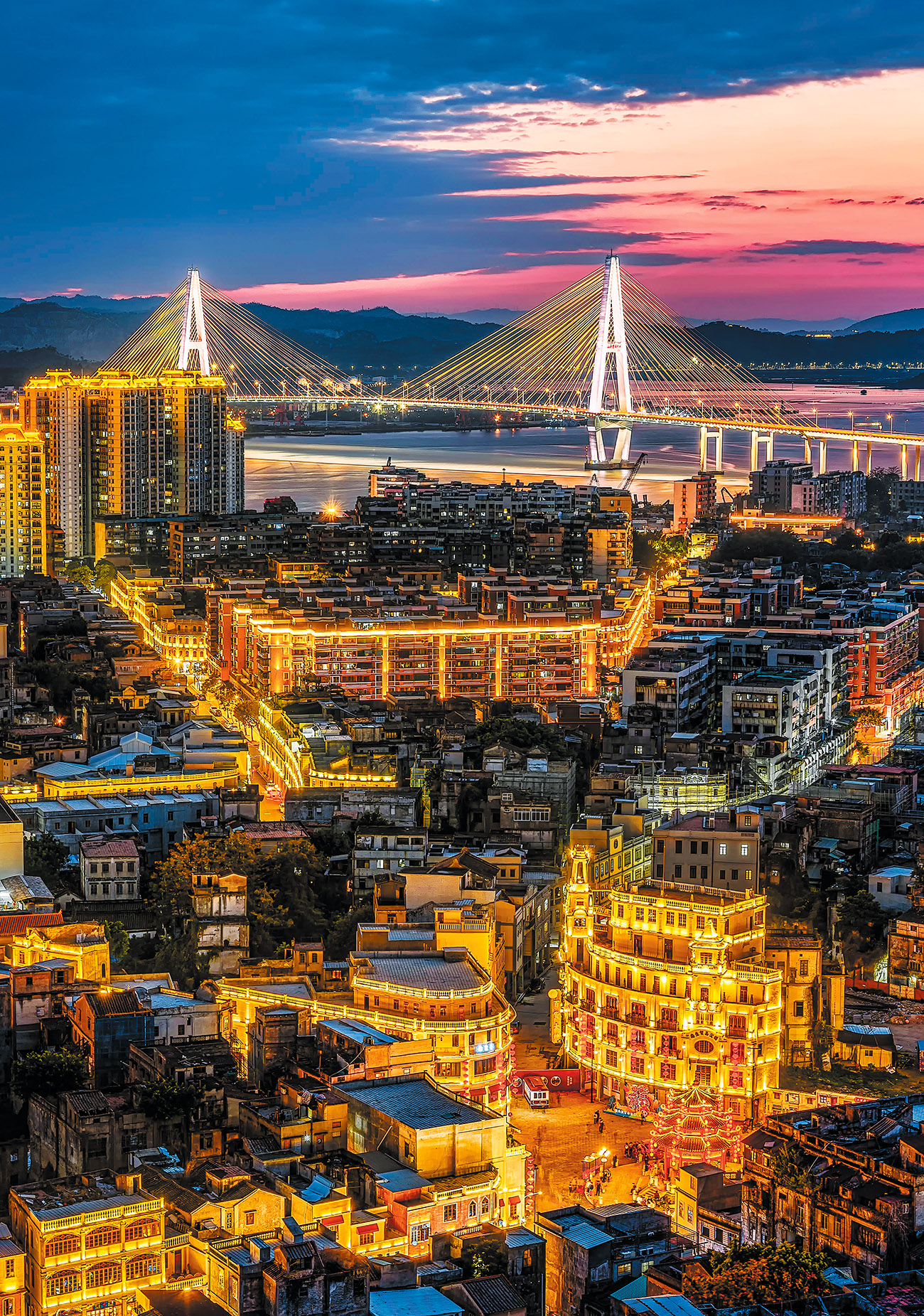
When he encounters overseas Chinese, either on their own or in groups, who have come to reminisce about the past, he is more than willing to accompany them. He still remembers helping one elderly woman from Malaysia find the textiles center where her father had once worked.
For years Shen has been studying the city's history with a group of elderly volunteers, and is writing a personal memoir of his beloved home, in which vivid old town scenes are indispensable — including mentions of the antique bookstore, games of hide-and-seek in the spider web-like neighborhood, and the colors that the sunrise and sunset project on the buildings.
ALSO READ: Guangdong harnesses the power of historical artifacts
Although his eyesight is getting worse, he still feels a responsibility to keep writing. "It's not the number of days you live, but the number of days you remember that matters," reads the intro on the cover of his handwritten memoir.
Yang Lurong and Wang Zhengxing contributed to this story.
Contact the writer at fangaiqing@chinadaily.com.


